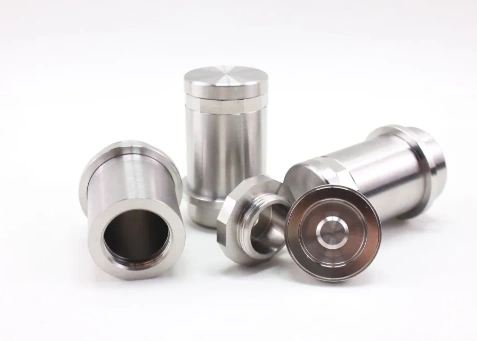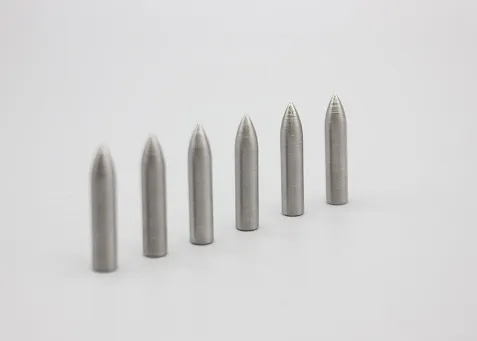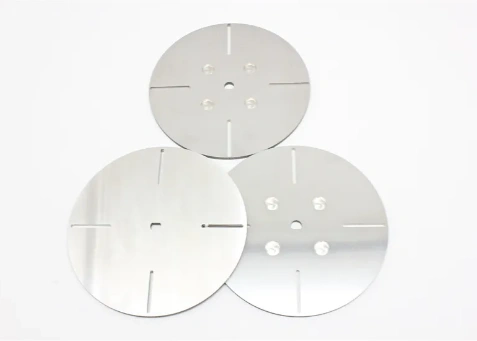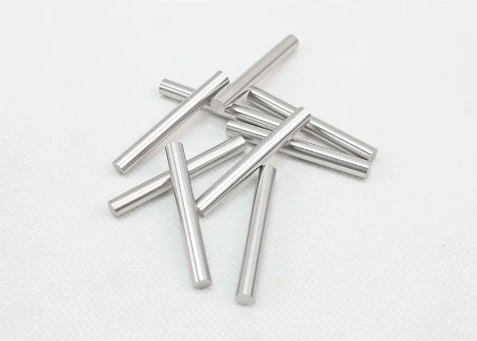Introduction to Pressure Casting Forming Technology of Tungsten Alloy Die Casting Mold
Tungsten Alloy die-casting molds have low thermal expansion coefficient and good thermal conductivity. Thermal conductivity is an important factor in the process of Hot working. A low coefficient of thermal expansion means low thermal stress. Good thermal conductivity can reduce the thermal gradient, thereby helping to cool down. In addition, tungsten alloy die-casting molds have corrosion resistance. Corrosion is a major problem faced by molds.
Due to the characteristics of Tungsten Alloys, tungsten alloy die-casting molds have extremely high corrosion resistance. Traditional aluminum die-casting molds are made of steel material, and aluminum dissolves in the steel material. If tungsten alloy die-casting molds are used, aluminum will not dissolve in the Tungsten Alloy Material. Therefore, the service life of tungsten alloy die-casting molds is longer and the core components of the die-casting molds are not replaced, greatly shortening the production cycle. Compared with traditional die-casting molds, tungsten alloy die-casting molds are more than 10 times higher.
Tungsten alloy has become an ideal Applied Materials in die casting die field due to its following series of excellent properties.
1. High tensile strength: The tensile strength of sintered W-Ni-Fe high-density alloy is 800-1000MPa. After heat treatment and deformation processing, its strength can be increased to 1300-1500 MPa, meeting the requirement of bearing up to 500MPa pressure in the mold cavity during the die-casting process.
2. Good thermal conductivity: Its thermal conductivity is 5 times that of mold steel, which helps to quickly cool the mold after injection molding and improve production rate.
3. Low linear expansion coefficient: its linear expansion coefficient is only 1/2~1/3 of that of iron or steel, which is conducive to the accuracy control of the product and will not cause the deviation of product size due to Thermal expansion.
4. Corrosion resistance and oxidation resistance: Without coating protection, the mold has a long service life.
5. Good weldability: High density alloys can be brazed with copper or silver solder, and can be electroplated. Some difficult to machine parts in the mold can be processed through later welding.
6. Good machining characteristics: Due to the excellent ductility of tungsten alloy materials, they can be machined for turning, milling, planing, threading, and tapping. They can also undergo large deformation strengthening treatments such as rolling, rotary forging, and forging, providing strong support for the production of castings with complex shapes but clear contours.
Tungsten alloys, due to their excellent properties mentioned above, can withstand the tests of high pressure and fast speed faced in the die-casting process. Pressure casting molding process is a casting process that utilizes three major elements: machine, mold, and alloy to pour molten alloy liquid into the pressure chamber, fill the cavity of the steel mold at high speed, and solidify the alloy liquid to form a casting under high pressure. This process has the characteristics of high strength and hardness, complex shape, thin casting wall, and high productivity. Anviloy material is added to the composition of tungsten alloy die-casting molds we produce.

 EN
EN AR
AR FR
FR DE
DE HI
HI IT
IT JA
JA KO
KO PT
PT RU
RU ES
ES ID
ID LV
LV VI
VI HU
HU MS
MS GA
GA BE
BE YI
YI EU
EU


